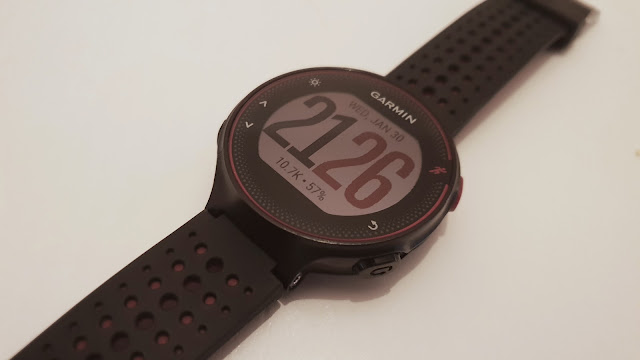Time for an update
After nearly three years of wearing my Forerunner 230, I thought it was time to do an upgrade. For a while I had my eye on the Forerunner 235 but the price was never right. In the process, I had read multiple reviews and was pretty convinced it was the right watch for me... until I bought it.After about a week of wearing it, I was utterly disappointed with the performance of the HR monitor and the battery life. And nothing I had read before warned me about it so I figured out it would make sense to write a piece in here so that other people may be aware before they take the plunge, especially now that the prices have dropped to under $170 as rumour has it that the 235 is on its way out.
Rather than writing a new review for an old watch, I'm going to concentrate on the HRM. First of all, yes, it is oh so convenient, especially if you've ever trained with a chest strap and you still have the the scars to prove it. But also, it's different technology and you need to understand it to make the most of it.
Chest strap vs Optical
A chest strap measures your pulse via small electrical signals generated as your heart contracts. It then sends the information back to a connected device, usually, your smartphone. Optical monitors, on the other hand, use light (generally green) shone through the skin to detect blood flow through as bones, blood and skin reflect the light differently. The key takeout here is that both methods require a good connection (i.e. contact with the skin) to be effective.That was my first disappointment. As a rule, I don't like wearing my watch too tight and my F230 was perfect in that sense. I could wear it whichever way I wanted. the F235 wouldn't take any reading accurately until I tightened it.

Comments
Post a Comment